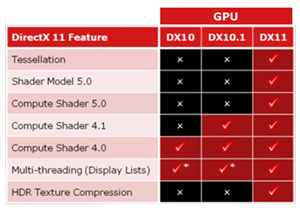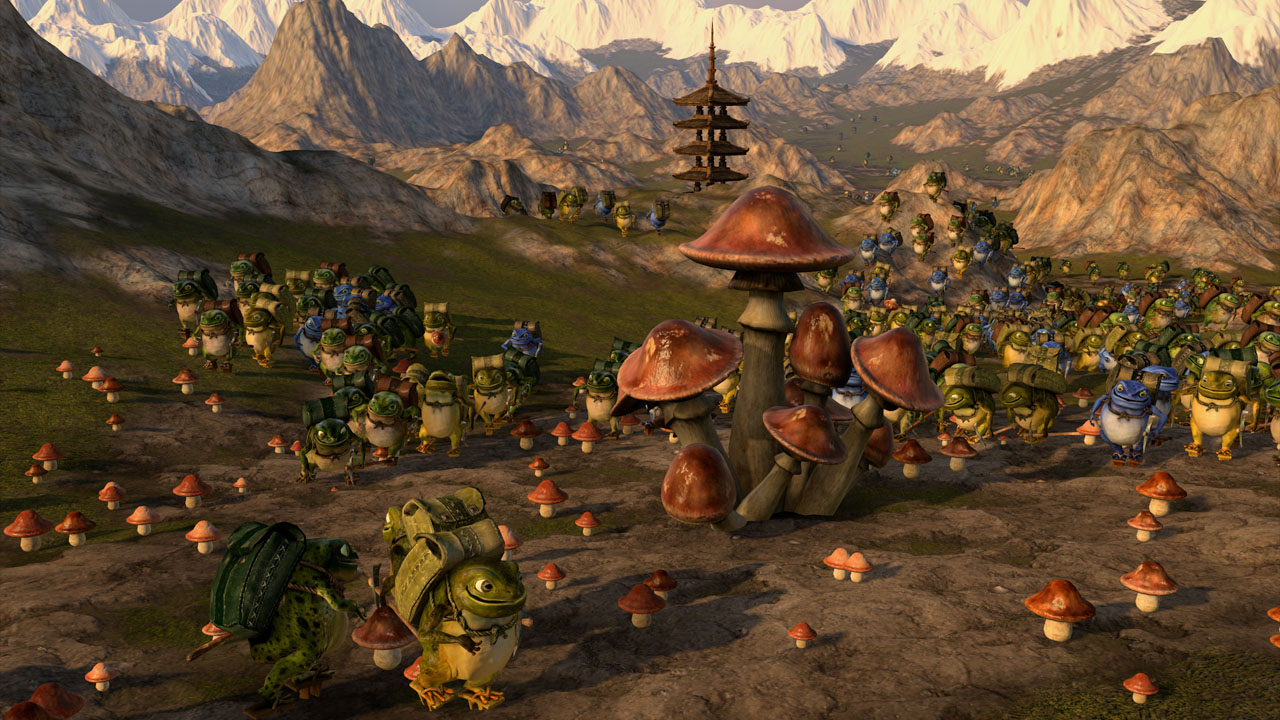Ah, I found an interesting photo. Its not a die shot but I'm sure it can be of some use.
I also recall people suggesting it could be an e6760 base a while back. Its also 40 nm. What is the likelihood of that I wonder.
Also, maybe that thing the Toki Tori devs found that saved them 100 MB of memory was HDR texture compression.
Can someone tell me what "Order-independent transparency" means for a game?


Fab process: 40 nm
Core Speed: 550 Mhz
Processing power (single precision): 352 GigaFLOPS
Polygon throughput: 550M polygons/sec
Unified Shader: 320(64x5)
Memory bandwidth: DDR3: 24.5 – 28.8 GB/s (isn't the Wii U's RAM clocked at exactly half that? That would make it 28.8 with both used simultaneously. Just a thought)
Texture Mapping Units: 16
Render Output Units: 8
32 Z/Stencil ROP Units
8 Color ROP Units
ATI Eyefinity multi-display technology - Three independent display controllers
Maximum board power: 39 Watts
I also recall people suggesting it could be an e6760 base a while back. Its also 40 nm. What is the likelihood of that I wonder.
Also, maybe that thing the Toki Tori devs found that saved them 100 MB of memory was HDR texture compression.
Can someone tell me what "Order-independent transparency" means for a game?




